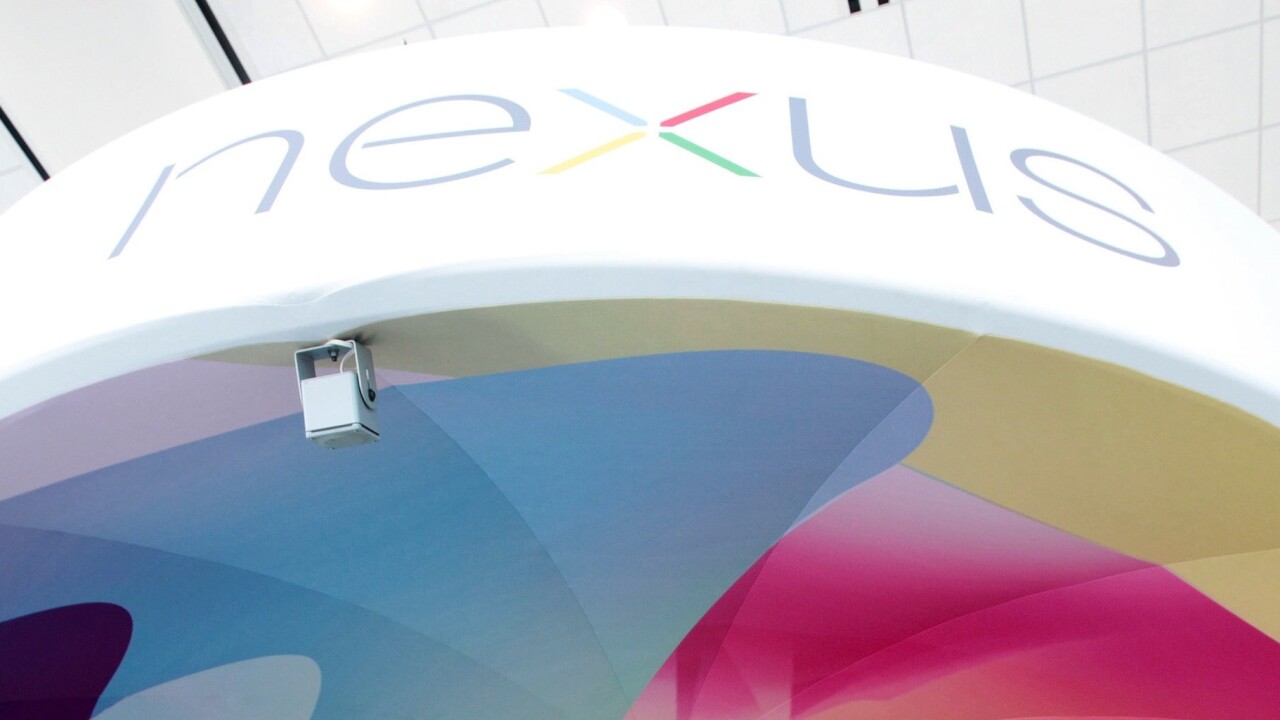
Why Google shouldn’t make a next Nexus phone
Google’s Nexus phones began life as a proving ground for Android. It was meant to showcase what Android was capable of, and how the platform would move forward.
Now, it’s just a (usually) low-cost phone that give users a good-enough experience. What’s the point?
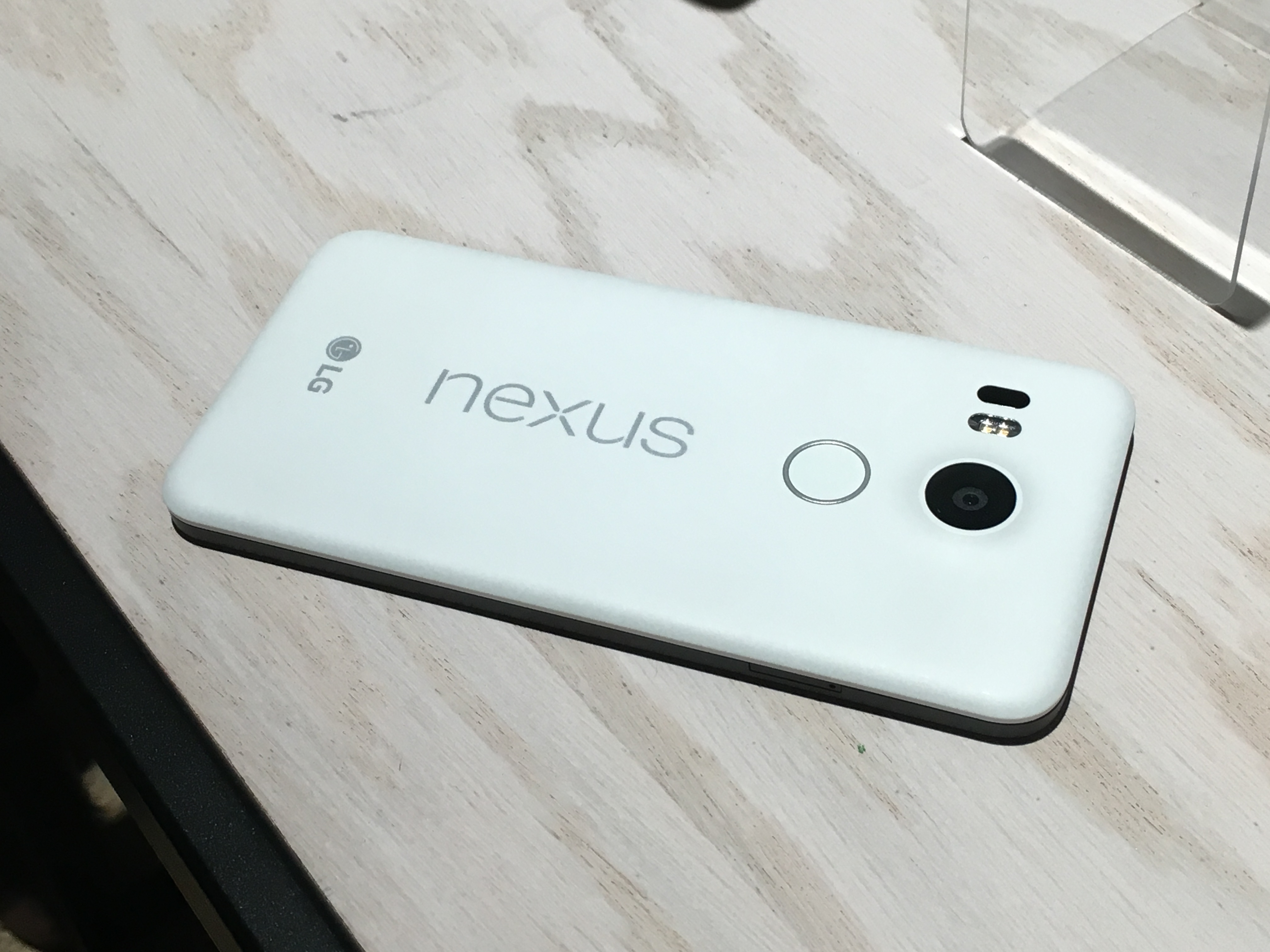
Partners
Nexus began before Google played nice with partners. The Nexus phones were created in partnership with OEMs like HTC, Samsung and LG, but it ultimately left them doing nothing more than making a device for Google (an ODM).
On several occasions, the relationship soured (looking at you, Galaxy Nexus). In addition to distancing Google from OEMs, Nexus gave some carriers fits. The Galaxy Nexus for Verizon was a disaster.
The Google we know now is a much different company. No longer the scrappy-minded upstart, Google has begun working with partners famously under Sundar Pichai’s leadership. The company even snapped up Softcard from carriers (which was struggling) to help make Android Pay happen; an olive branch from Google if there ever was one.
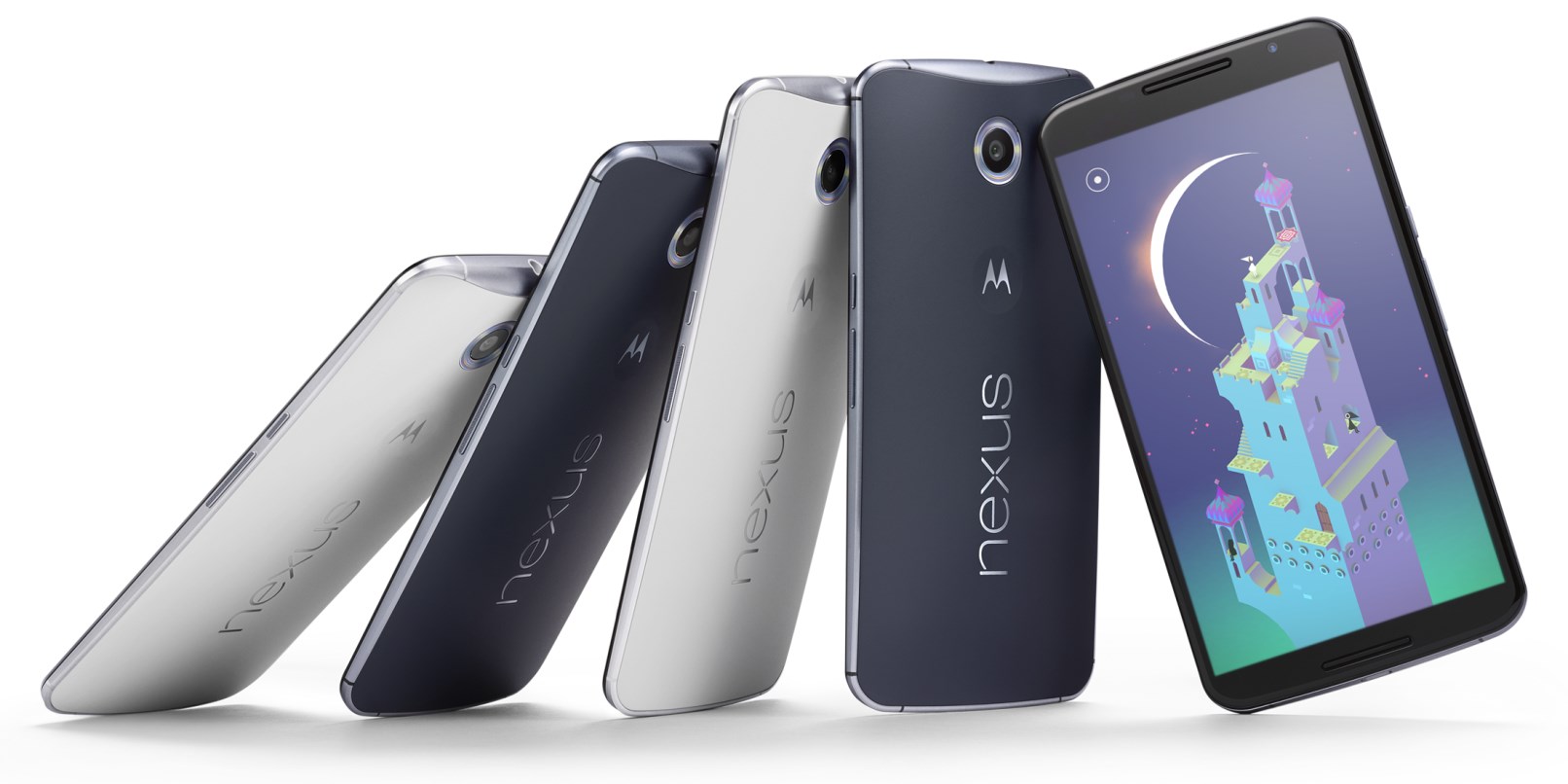
There’s nothing new
The past few Nexus phones have brought nothing new to the table. They’ve been nice handsets, but there’s just not a feature that non-Nexus devices would be sorry not to have.
The camera on the two new Nexus phones is good (which in itself is a happy coincidence), but Android handsets like the Galaxy S6 and LG G4 already had excellent cameras. Legacy Nexus handsets were always missing a good camera — an opportunity filled by other handsets.
A fingerprint sensor is awesome, but Nexus isn’t leading the way here. The newly released LG V10 has a fingerprint sensor; a clear example of Google working with partners to ensure they were up to speed on Android Pay’s support of biometrics.
Nexus is no longer faster than the competition, nor is the screen better; the old ‘OLED or LCD’ argument is DOA, and Snapdragon has reached its cruising altitude. There’s nothing stylistically new from Nexus, either.
We’re also well versed in the cloud, too. There’s no ground Nexus can break for us, and its place as a ‘fuck you’ to everyone else is unnecessary.

Cheap is the new black
When I bought my Nexus 4, it was my first nose-thumbing to carriers. Because it was affordable, I could own my device outright and go prepaid.
It was awesome. It’s also much easier to do, now.
Motorola, OnePlus and lesser-known handset OEMs (stateside, at least) like Huawei make great Android devices that won’t cost you much. If you’re in China, Xiaomi is slaughtering the low-end/hig-spec competition.
When considering availability, Motorola has a very solid supply chain. It doesn’t experience the same problems OnePlus does when it comes to supply and demand.
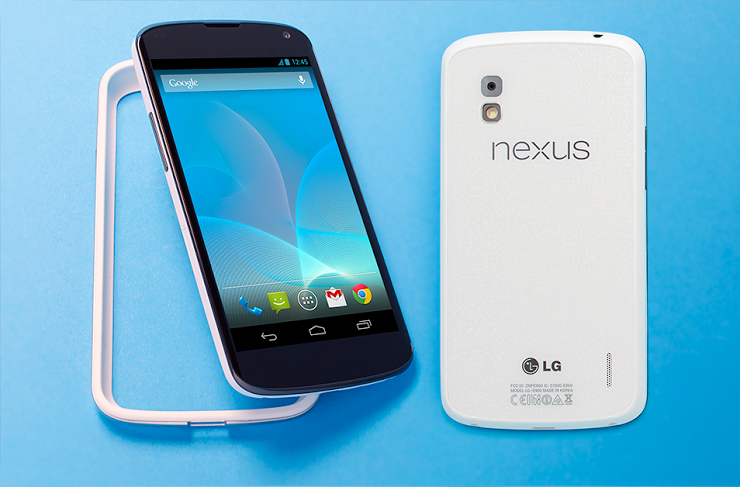
Android is too mature for Nexus
Remember Android Gingerbread? I do. It sucked. Badly.
That was around the time ‘skinned’ versions of Android really took off. TouchWiz lead the pack, included on all Samsung smartphones. It fractured the landscape.
It was also necessary. Android before Ice Cream Sandwich was ugly, buggy and downright plain. It’s all grown up, now.
Ice Cream Sandwich was the first time Android looked good and performed well, and the platform never looked back. Now we’ve got Material Design and Android Marshmallow incoming.
Aside from just plain looking better, Android’s newest version concentrates more on security than new features.
The platform is mature. Nexus doesn’t lead the charge with new features, and it won’t have an exclusive on Marshmallow for very long.
Most OEMs are scaling skins like TouchWiz or Sense back. Motorola has gone 99 percent pure Android for its handsets, and updates to the latest version so quickly it’s embarrassing to watch other OEMs promise to be up to date in three months time.
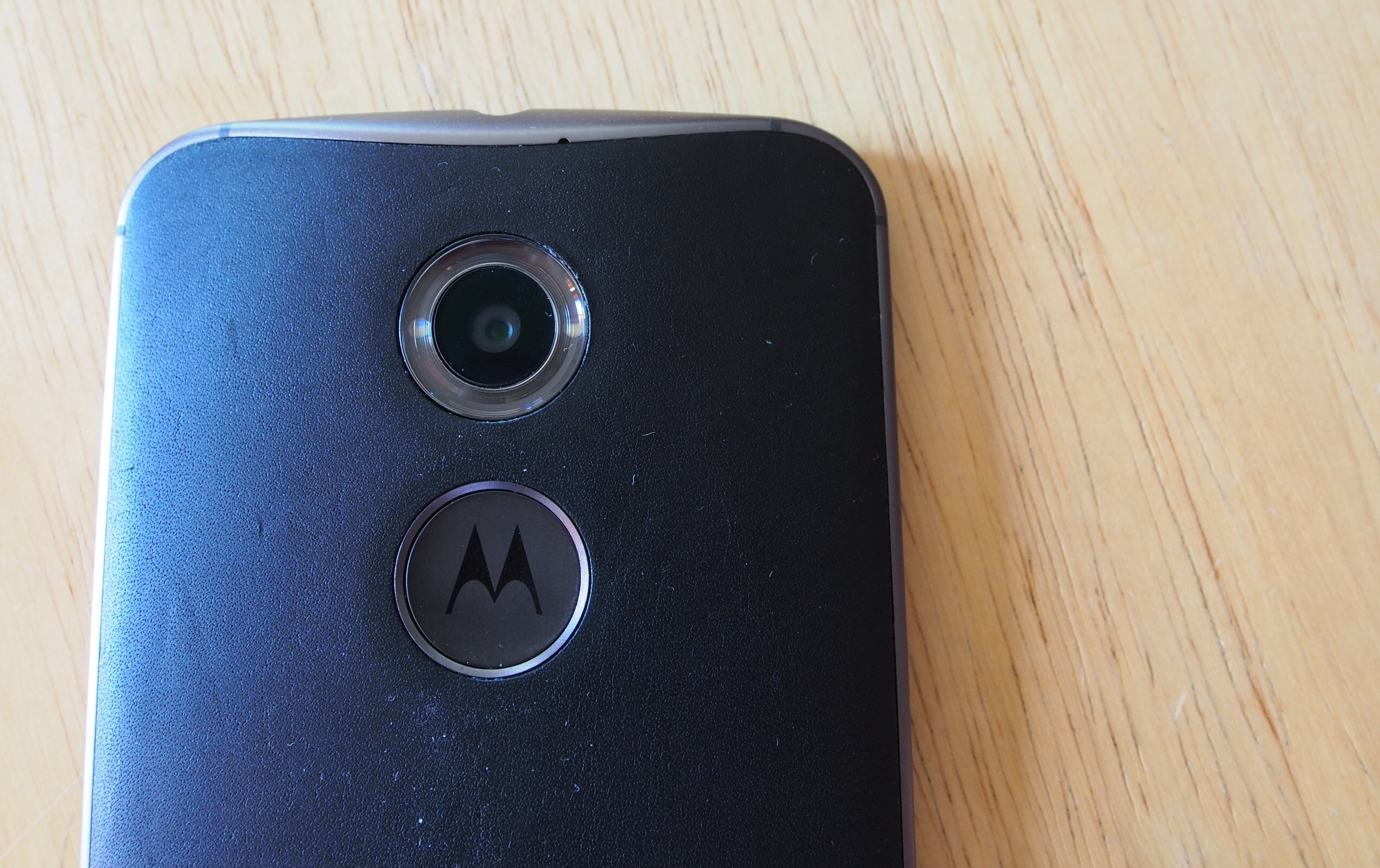
Moving on
Google has turned a corner. It works with its Android partners to ensure everyone is one the same page (or is at least reading the same chapter), and the Android platform is mature.
Its partners have taken the Nexus crown and ran away, too. Motorola is, hands down, the Nexus of OEMs. Google really should just punt to its partners and include handsets in Google Play.
If anything, Google could pivot away from smartphones and into other categories. A Nexus Chromebook — one that has high specs but remains cost effective — would be a hit.
There’s also Android Wear to consider. That platform is a hot mess of hardware partners screwing around, just like Android used to be.
Get the TNW newsletter
Get the most important tech news in your inbox each week.




